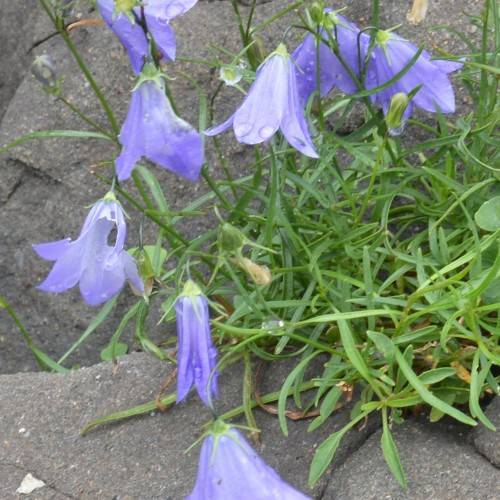
Giesecke's Bellflower
Campanula gieseckeana
Watering:
Minimal
Hardiness Zone:
Sun:
full sun,part shade
Leaf:
Yes
Growth Rate:
Low
Care Level:
Medium
watering
Yukon Bellflower should be watered regularly, approximately once every 5-7 days. Water deeply, allowing the soil to become nearly saturated and then remain slightly damp until the next watering. Be careful not to overwater as this plant does not like wet roots. In the summer months, when the plant is actively growing, water more frequently if needed, as soil moisture is used up quickly. During the winter months, water just enough to prevent the soil from drying out completely. This species does not tolerate drought conditions well.
sunlight
The Yukon Bellflower (Campanula aurita) is a species of plant native to cold climates, and will do best in full sun to partial shade. It flourishes in areas of direct sunlight for the majority of the day for best flowering results. Planting in full sun with 6 or more hours of direct sunlight will promote flowering and more vigorous growth. In areas with hotter temperatures and more intense light levels, it is best to give some partial shade in the afternoon. If grown in too much shade, the plant is less likely to flower, and can grow leggy.
pruning
Yukon Bellflower (Campanula aurita) is best pruned in the early spring, just after the last frost. Prune back all stems to about 1-third of their length, using a pair of sharp garden shears. Make sure to remove any weak or dead stems as well. Pruning the Yukon bellflower back in the spring will encourage new growth and also improve the overall look and health of the plant. Pruning should be done annually to keep the plants looking their best.
